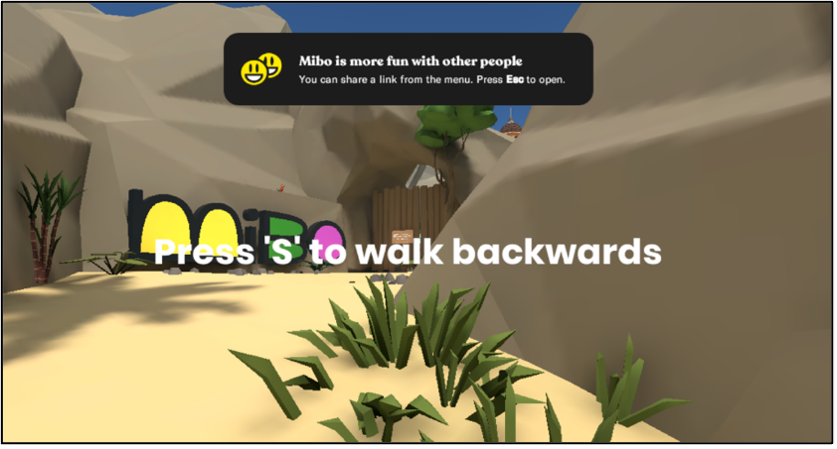Use in the Classroom
Implementing this tool in a classroom means that technology is used as a primary resource of the class. Therefore, the course should be held online. Even though no advanced digital skills are required to work with Mibo, yet students should still be given some time to get more familiar with the tool and its features.
-
Describe the Purpose/Problem Definition
- General Overview: A problem should be given to students as an introduction. This problem can be a reflective question or a controversial topic for which, students should discuss between them to find the solution or a common opinion between them. To do so, students should be divided into groups and participate in online brainstorming sessions. This is exactly where Mibo should be introduced and used, for students to navigate through the online space of Mibo until they find the one group that suits them. They will be given a specific amount of time to discuss and then all together will share their group’s ideas and have an overall discussion.
- Classroom Activity: At the beginning of the class lecture, HE teachers should give the students a problem or raise a reflective question related to their field. No matter what this problem/question is, it should be composed in a way that will lead to a discussion between students. HE teachers will then introduce Mibo as the online tool to be used for the brainstorming sessions between students and explain its differences to a standard online tool (e.g., the possibility to navigate through the online space, change groups, hear other groups in the distance). Then, clear instruction should be given to students to proceed with the tool implementation.
-
Implement the Tool
- General Overview: For implementing of the tool, the theoretical part will be replaced by practice, and students will have the opportunity to use the tool, therefore, a clearer image of what this tool actually is.
-
Classroom Activity:
HE professors will proceed with instructions to the students to use Mibo for their brainstorming sessions. Instructions can go as followed:
- Division of class in groups of 4 to 5 students each.
- Creation of students’ accounts and entrance in the room already prepared by the HE teacher* (*The HE teacher that will use Mibo in class, should create an account and an online space ready for use by students beforehand. After a confirmation email for the account creation, a new one is sent for setting up a room).
-
Provision of sometime (5 minutes) for students to navigate the online space. Instructions will be given to them on how to move around as shown below.


- Navigation through the online space and creation of small groups. The HE professor will then provide time (15 minutes) for students to discuss and brainstorm with the purpose of finding a solution to the problem raised. The HE teacher will be able to go through the different groups and help or provide guidance. In addition, students are also able to go around and talk with other groups to hear other opinions and reconsider what was already decided between their groups. However, at the end of these 15-minute sessions, students should return to their primary group.
-
Collect Data after Tool Implementation
- General Overview: After the tool’s implementation, it is now time to collect all the conclusions resulting from discussions and brainstorming to conclude on the solution or opinion of the problem raised at the beginning of the class.
- Classroom Activity: Once the 15-minute sessions are completed, each group has to extract the main points considered or heard from others and conclude (in 5 minutes) on a main outcome or solution of the problem before presenting it to the rest of the class.
-
Analyse the Data and Reflect on the Outcome
- General Overview: After the tool’s implementation, it is now time to collect all the conclusions resulting from discussions and brainstorming to conclude on the solution or opinion of the problem raised at the beginning of the class.
- Classroom Activity: Once the 15-minute sessions are completed, each group has to extract the main points considered or heard from others and conclude (in 5 minutes) on a main outcome or solution of the problem before presenting it to the rest of the class.